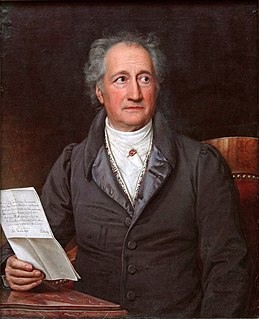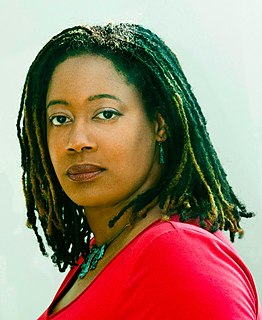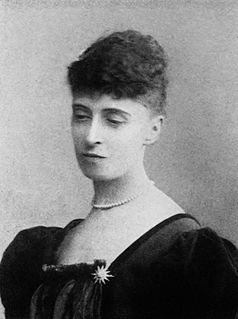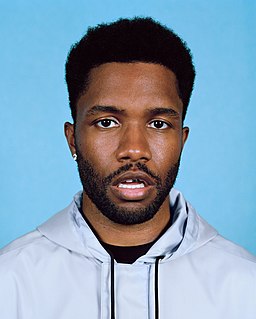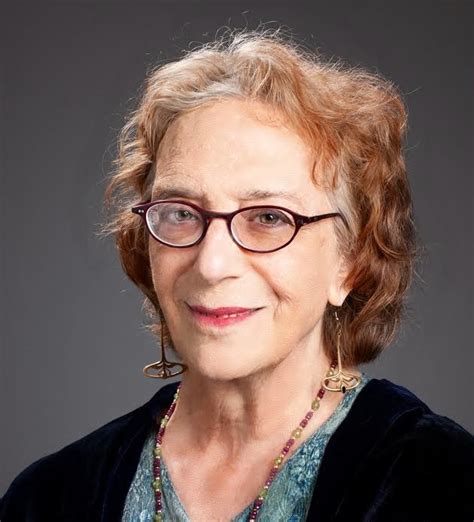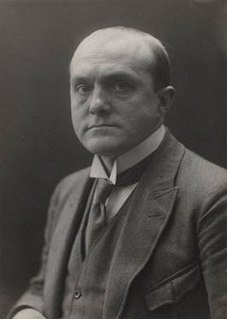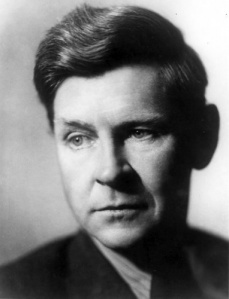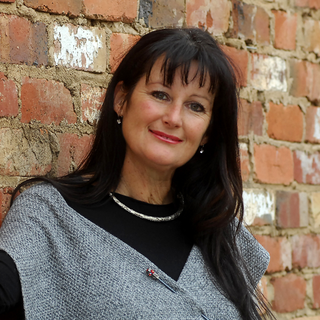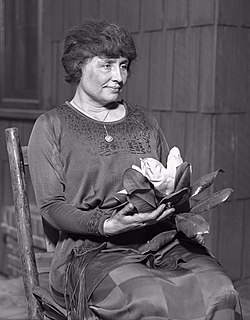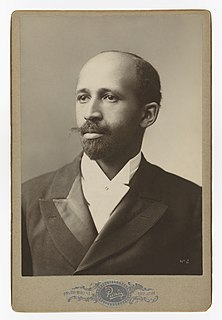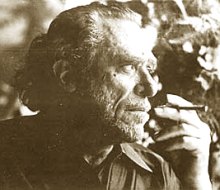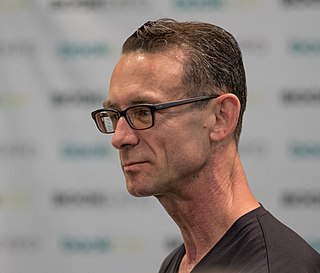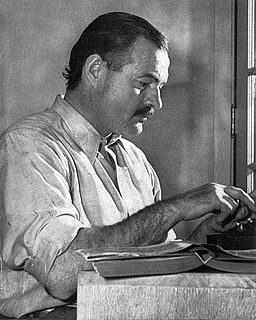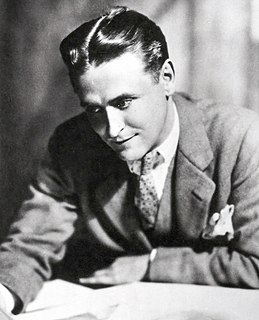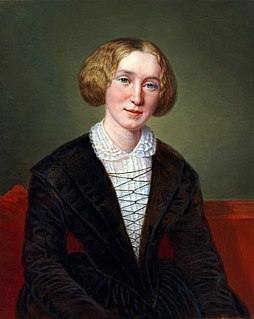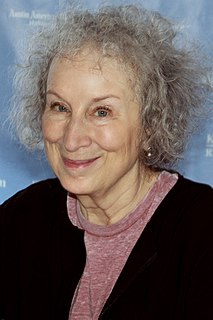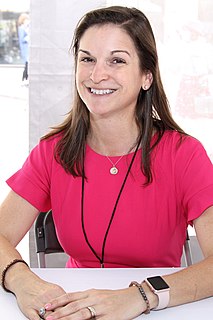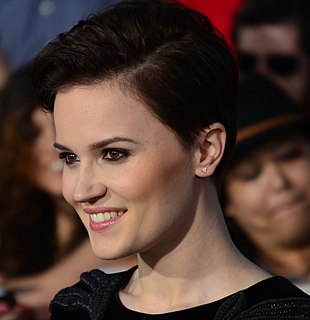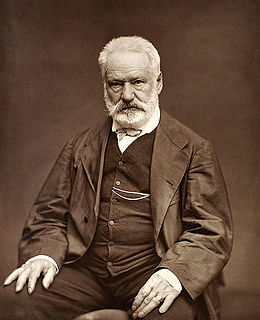A Quote by Johann Wolfgang von Goethe
Related Quotes
Colour, as the strange and magnificent expression of the inscrutable spectrum of Eternity, is beautiful and important to me as a painter; I use it to enrich the canvas and to probe more deeply into the object. Colour also decided, to a certain extent, my spiritual outlook, but it is subordinated to life, and above all, to the treatment of form. Too much emphasis on colour at the expense of form and space would make a double manifestation of itself on the canvas, and this would verge on craft work.
[S]ervants of darkness had no lasting joy in their service. In all of them the will for darkness was a perversion of the will for the light. In all but a few maniacs the satisfaction of the will for darkness was at all times countered by a revulsion which the unhappy spirit either dared not confess even to itself, or else rejected as cowardly and evil.
